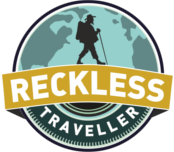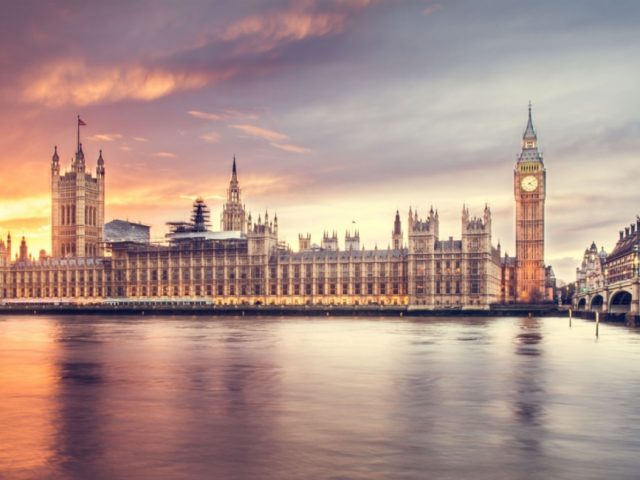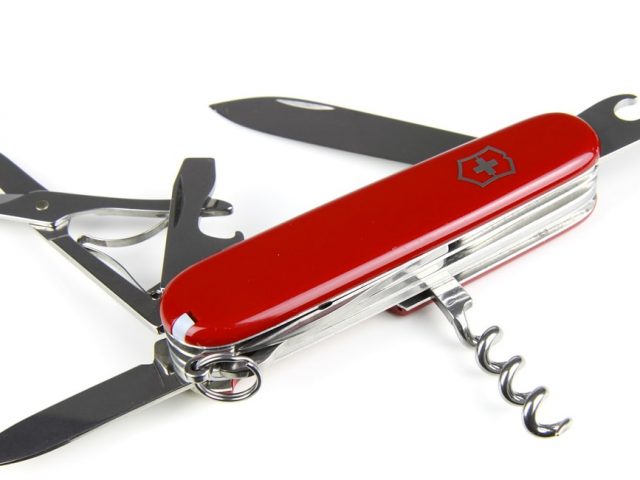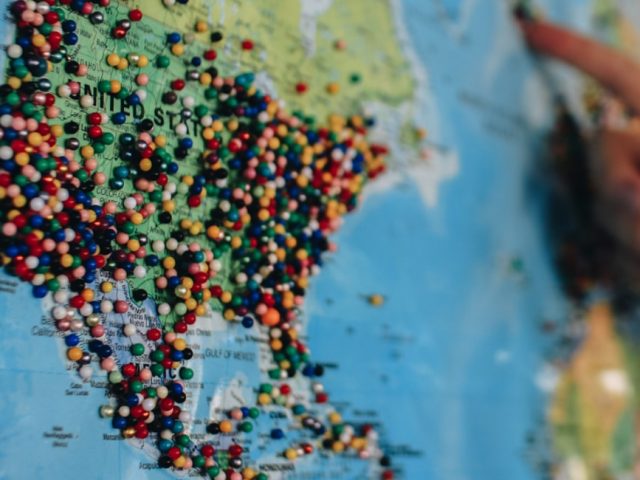Photo above by justcarsguy.blogspot.com
When I started my study of the world’s greatest explorers, I stumbled upon a woman with the improbable name, Aloha Wanderwell. I’d never heard of her, and I wondered if she was a real person or some kind of imaginary figment— someone like Wonder Woman or Alice in Wonderland.
I did some digging and learned that she was indeed a real person—a 20th century explorer, and a most remarkable woman. We may even say she was, strictly speaking, unique— meaning alone in the universe. I was glad I wasn’t alone in my ignorance; the New York Times notes with dismay that she has been “overlooked” by most modern historians, and Time magazine agreed, calling her “unsung”, implying a great injustice had been done.
So, let’s take a step toward remedying this sad situation. The first thing you learn about her is that she was the first woman to drive around the world in an automobile. From 1922 to 1927 she covered a distance of some 380,000 miles. Think about it… that’s sixteen times the circumference of Earth—all the way to the moon and halfway back.
She was born Idris Galcia Welsh in Winnipeg, Manitoba in 1906. Her early years were marked by the deaths of both her father and step-father. By her teens she had developed a big independent streak and a serious case of wanderlust. She nourished this condition with the thrilling yarns of Joseph Conrad, W.H.G.Kingston, Rudyard Kipling and Edgar Rice Burroughs.
Disturbed by Idris’s thirst for adventure, her mother packed her off to a convent in Paris, in hopes that these impulses might be rooted out. She reported the nuns viewed her with “chagrin.”She paid scant attention to her studies, preferring to daydream of conquests in unknown lands. Moreover, she developed a keen interest in the new medium of cinema. Indeed, she dreamt of making movies—as producer, director and star.
In 1922, at the age of sixteen, something happened to change Idris’s life. This event resulted in her attaining her wildest dreams, and earning a distinguished place in travel and cinema history. The Guinness Book of World Records awarded her the title of First Female to Drive Around the World. Ripley’s Believe It or Not heaped praise upon her for her outstanding courage and imagination.
Here’s how events unfolded: one day while leafing through the Paris Herald, an unusual ad caught her eye. It was was placed by one Captain (“Cap”) Walter Wanderwell, who sought a young woman to join a world automobile contest of some sort. It read, “Brains, beauty and breeches…world tour offer for lucky young woman…must forswear skirts and marriage…be willing to ‘rough-it’ in Asia, Africa, etc.” Idris’s curiosity was mightily kindled.
The Herald noted that the Captain was booked to give an introductory talk at a certain Paris theatre . Accordingly, Idris skipped school that day in order to attend. After the talk, she approached him and asked for his autograph. One imagines she oozed charm. The two fell into animated conversation, which ended in Wanderwell offering her the job on the spot.
Her title was “travelling secretary,” which included duties as interpreter, driver, laundress, mechanic, photographer and and good-will envoy. Idris didn’t seem to mind that details of the expedition were rather hazy. Cap saw exactly what he wanted in the vivacious, intelligent, six-foot blonde beauty.
A word on the “Captain” is in order. The name Wanderwell was in fact made-up—contrived, one supposes, to add a dash of style to the endeavour. In reality, he was a Polish man named Valerian Johannes Pieczynski, distinguished mainly by his having served time in a U.S. prison during WW I on charges of spying. He was a handsome, smooth-talking hustler, the self-styled impressario of a travelling show. The media loved him.
Soon after her appointment, at the Captain’s suggestion, Idris changed changed her name to Aloha—a complex Hawaiian word, rich in possible meanings: hello, welcome, good-bye, peace, compassioion, mercy, love. She took Cap’s family name for the sake of propriety, to save embarrassing her mother.
This was the concept: the Wanderwell group was to participate in an event called the Million Dollar Wager. Details are somewhat vague, even to this day, but the idea was for two modified 1917 Model T Fords to compete with one another while circumnavigating the globe, visiting as many countries as possible. Aloha and Cap were in one car and Cap’s wife, Nell, and her crew were in the other. Nell seems to have faded from the picture enroute (little wonder!), because all I could find on the expedition concerned Aloha and Cap and their car, known as Unit 2.
In any case, the cars left Nice, France in December 29,1922, heading southwest. In barest outline, they travelled through Spain, Portugal, Morocco, Italy, Switzerland, Germany, Russia, Romania, Greece, Turkey, the Middle East, India, Southeast Asia, Siberia, China, Japan, Hawaii, USA, and back to Nice sometime in January 1927. To my mind, the expedition was was an astonishing feat of courage, wit and endurance, although some criticized it as a “stunt. Anyone with an ounce of charity can surely forgive the grandstanding. Whatever happened to the “Million Dollars” is anybody’s guess.
There are incalculable points of interest about the Wanderwell Expedition. The following sampling may appeal to you, and spur further reading.
Their car was a 1917 Model T Ford (“Tin Lizzie”) modified for rough terrain. It was equipped with Disteel wheels, rifle scabbards and a fold-out dark room. The car, a real treasure of motoring history, was eventually given back to Ford, for their museum. Sadly, during WW2 it was recycled— sacrificed for the war effort. Ford later formally stated it deeply regretted the decision.
Cap and Aloha raised their support by showing their own films and giving entertaining public addresses. She directed and appeared in 11 films, now kept in the Library of Congress in Washington, D.C. and at the Academy of Motion Picture Arts and Sciences in Beverly Hills, California.
Challenges arose constantly enroute; so ingenuity was paramount. On occasion they used crushed bananas for differential grease and elephant fat for oil. In India, roads were often non-existant and oxen were used to tow the car miles across mud flats and rivers. In China, civil war interrupted fuel supplies; once they hired local labourers to pull the car 80 miles.
Aloha’s further adventures could easily fill a bookshelf. For more information, see her autobiography, Call to Adventure, available on Amazon, and her splendid website www.alohawanderwell.com. Also, you simply must view the following astonishing video. It exactly captures the spirit of this intrepid and flamboyant Canadian!






What a great find. Fun to watch the video and get a sense of travel almost 100 years ago. Thanks for telling us about it, Trevor. Cheers, Bruce
A woman after my own heart! Thanks for sharing this.